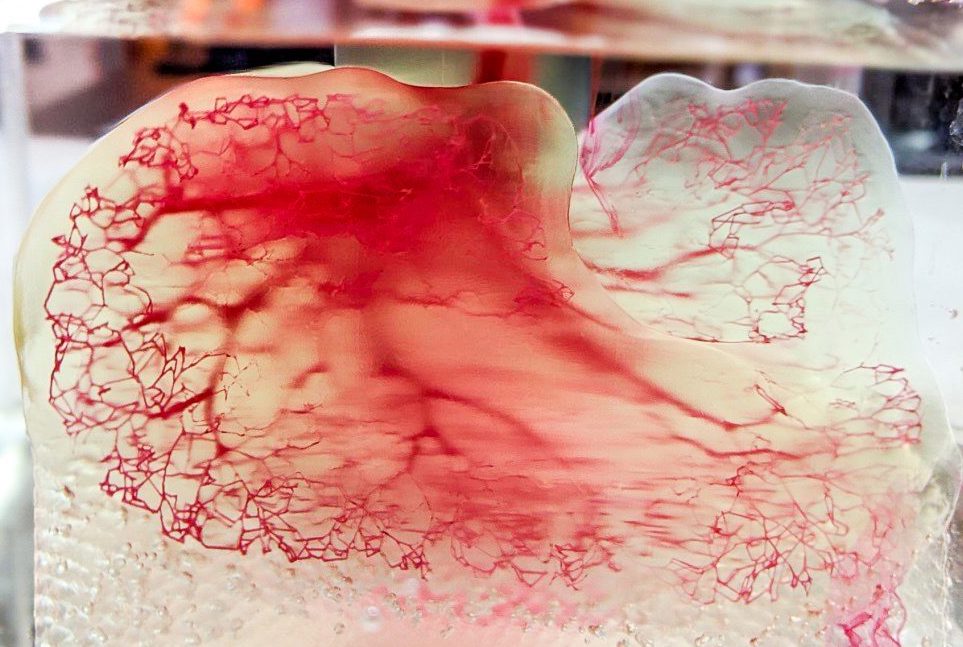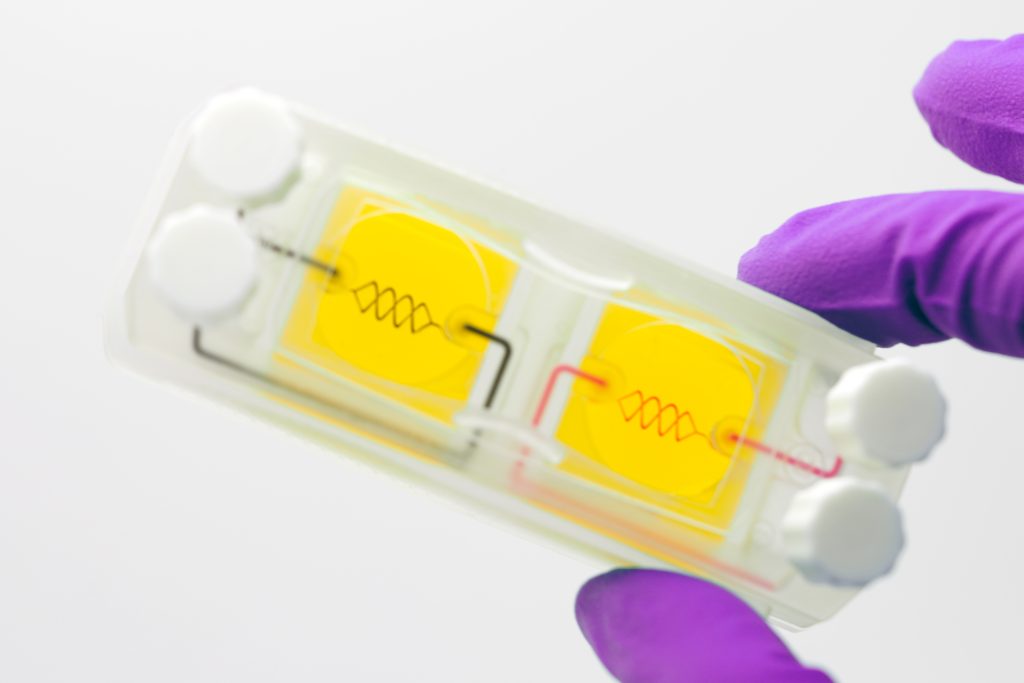US 3D printer manufacturer3D Systemshas announced the formation of a new 3D bioprinting subsidiary.
Named Systemic Bio, the company is set to utilize the technologies developed as part of its parent firm’sPrint to Perfusionprogram as well as those of its other subsidiaryAllevi, to 3D bioprint vascularized organ models from human cells.
Backed with $15 million in seed funding from its owner, Systemic Bio now intends to market resulting tissues as a pharmaceutical drug discovery tool, with the aim of generating $100 million per year in revenue by 2027. These cells have already proven capable of accurately simulating human immune responses, and it’s thought they could help reduce drug R&D costs and lead times moving forwards.
“In forming Systemic Bio, we are applying these core technologies to specifically address critical needs within the pharmaceutical market,” said Dr. Jeffrey Graves, CEO of 3D Systems. “With our potential to ultimately manufacture hundreds or even thousands of custom-designed, proprietary human tissue models, pharmaceutical companies can more rapidly and accurately evaluate the efficacy of developmental drugs in the lab, with the goal of reducing development time.”

3D Systems’ 3D bioprinting efforts
Sincemid-2020,3D Systems’ strategic refocushas seen it prioritize its industrial and medical businesses, and invest heavily in 3D bioprinting R&D. Working with biotechnology specialistUnited Therapeutics, the firm has made significant advances in the development of Print to Perfusion, a process designed to enable the 3D printing of scaffolds that can be ‘perfused’ with living cells to create tissues.
Having announced aPrint to Perfusion breakthroughin January 2021, in which it managed to create fully-sized solid-organ scaffolds, 3D Systems went on to scale its efforts by tailoring itsFigure 4 3D printerto 3D bioprinting. The technology has previously been applied to3D print custom hearing devices, and theFigure 4’s expanded material platformcontinues to see it find new 3D printing applications.
Later, in May 2021,3D Systems acquired Allevibeforetaking over Volumetric Biotechnologies, in deals that could cost north of $400 million. Drawing on the experience accumulated via these moves, the firm has since made substantial R&D progress alongside United Therapeutics, to the point that they announced plans in June for3D printed human lung scaffold trialswithin just five years.
“I am pleased and inspired by the progress we continue to make,” added Graves. “The complexity and precision that we have now demonstrated using biocompatible materials and our most advanced production bioprinting platform is truly groundbreaking, opening a host of new applications ranging from the laboratory to replacement organs within the human body.”

Systemic Bio’s ‘h-VIOS’ platform
3D Systems’ latest bioprinting expansion has seen it form a new fully-owned subsidiary that will focus primarily on the development and commercialization of its developed and acquired technologies. Using these, Systemic Bio plans to develop vascularized tissues for its proprietary human vascularized integrated organ system (h-VIOS) platform.
Comprising plates of cellularized or acellular vascularized 3D scaffolds, and the accessories needed for drug testing, the organ-on-a-chip platform is said to boast several advantages over conventional technologies. Unlike traditional models which rely on synthetic materials, Systemic Bio’s deploys hydrogels which enable it to produce high-res tissues that more closely resemble their human counterparts.
Resulting scaffolds can also be seeded with both diseased and healthy human cells from different organs, unlocking the creation of tissues for drug safety and efficacy screening applications. At its facility in Houston, Texas, it’s said the custom chips can be produced at ten times the speed and resolution of current platforms to boot, which bodes well for the technology’s marketability and scalability.
Systemic Bio is said to be working to establish multi-phase partnerships with pharmaceutical companies that could soon lead to promising medicinal discoveries. At the helm of its new business, 3D Systems has appointed former Allevi CSO Taci Pereira, who is now spearheading its commercialization efforts, with the h-VIOS platform currently at the stage of being offered to select initial partners.
“作为Allevi业务领导人,Taci布拉夫t a unique blend of business acumen and bioprinting expertise that has enabled our continued growth,” said Menno Ellis, Executive VP of Healthcare Solutions at 3D Systems. “I’m confident that the solutions her team delivers can have a transformative impact in the field of pharmaceutical drug discovery and contribute meaningfully to the exciting growth we have envisioned for our healthcare business.”

Bioprinted organs edging closer to reality?
While 3D bioprinted organs are still many years away from being implant-ready, the technology behind them continues to make advances towards the development of tissues with drug discovery applications.Prellis Biologicshas managed to develop a3D bioprinted lymph nodecapable of recreating human immune responses, potentially making it an ideal disease therapy research tool.
Earlier this year,Trestle Biotherapeuticsalso licensed a process that combines stem cell and biofabrication technologies to enable the3D bioprinting of functional kidney tissues. Using the process, the firm aims to create kidney scaffolds that could help get people off dialysis, and one day, it believes it may even be possible to deploy it in the production of entire organs.
Biolife4D, on the other hand, has filed for an IPO to raise the capital needed to commercialize themini 3D bioprinted heartit has been developing for over four years. Through the move, the firm aims to bring in around $17.5 million, funding it expects to deploy in the expansion of its operations, although it admits its asking investors to back something that “has never been successfully done” before.
To stay up to date with the latest 3D printing news, don’t forget to subscribe to the3 d印刷行业newsletteror follow us onTwitter还是喜欢我们的页面Facebook.
While you’re here, why not subscribe to ourYoutubechannel? featuring discussion, debriefs, video shorts and webinar replays.
Are you looking for a job in the additive manufacturing industry? Visit3D Printing Jobsfor a selection of roles in the industry.
Featured image shows Systemic Bio’s ‘h-VIOS’ platform. Photo via 3D Systems.



